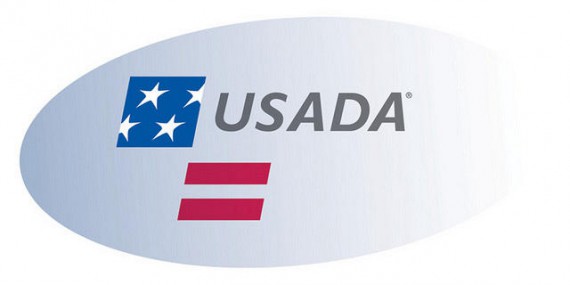
The United States Anti-Doping Agency (USADA) has been conducting a formerly secret pilot program for longitudinal testing for anabolic steroids and other performance enhancing drugs. USADA recruited twelve U.S. athletes for voluntary participation in “Project Believe.” News of the anti-doping program was leaked when decathlon champion Brian Clay and runner Allyson Felix discussed it at a press conference possibly violating USADA’s code of secrecy on the program (“US sports stars try to dim doping fears with ‘Project Believe’,” April 17).
“I may get in trouble for talking about it but I want people to know I’m doing everything in my power to stay clean,” said Clay, who began having extra tests done before last month’s world indoor championships.
In spite of Clay’s concerns, it is unlikely that Clay or Felix will face any sanctions by USADA for revealing the existence of “Project Believe” prior to its official launch.
Trust But Verify believes the “Project Believe” trial is based on cycling’s bio-passport program. The expensive nature, the importance of establishing a physiological baseline, and the frequency of urine and blood tests over time seem to confirm the similarities with cycling’s longitudinal testing programs (“Anti-doping program takes root,” April 17).
The project, according to athletes and antidoping officials familiar with it, aims to compile a physiological baseline of each of the initial 12 volunteers. Subsequent tests would be compared to the baseline numbers to see whether there are any changes that could be attributed to doping…
In one three-week period, [Clay] he said he was subjected to six blood and urine tests, with five vials of blood taken for each of the blood tests. Some of the tests were pre-planned, but others were surprises, he said.
Don Catlin believes athletes who do not use banned substances will eagerly embrace this new anti-doping system.
Don Catlin, an anti-doping expert and one of the foremost authorities on longitudinal testing, said the theory behind the USADA project is solid, a “much more powerful technique than simply taking one slice in time.”
“It’s no surprise that good athletes, clean athletes, will jump up and down for this thing,” Catlin said. “That’s great. It’s about time they started doing something. So now, it’s ‘OK, it’s here, it’s now.’ And I’m sure there are going to be issues about how to get on the program.”
Details on the cost of such testing have not yet been revealed.

About the author
Millard writes about anabolic steroids and performance enhancing drugs and their use and impact in sport and society. He discusses the medical and non-medical uses of anabolic-androgenic steroids while advocating a harm reduction approach to steroid education.

Leave a Reply
You must be logged in to post a comment.